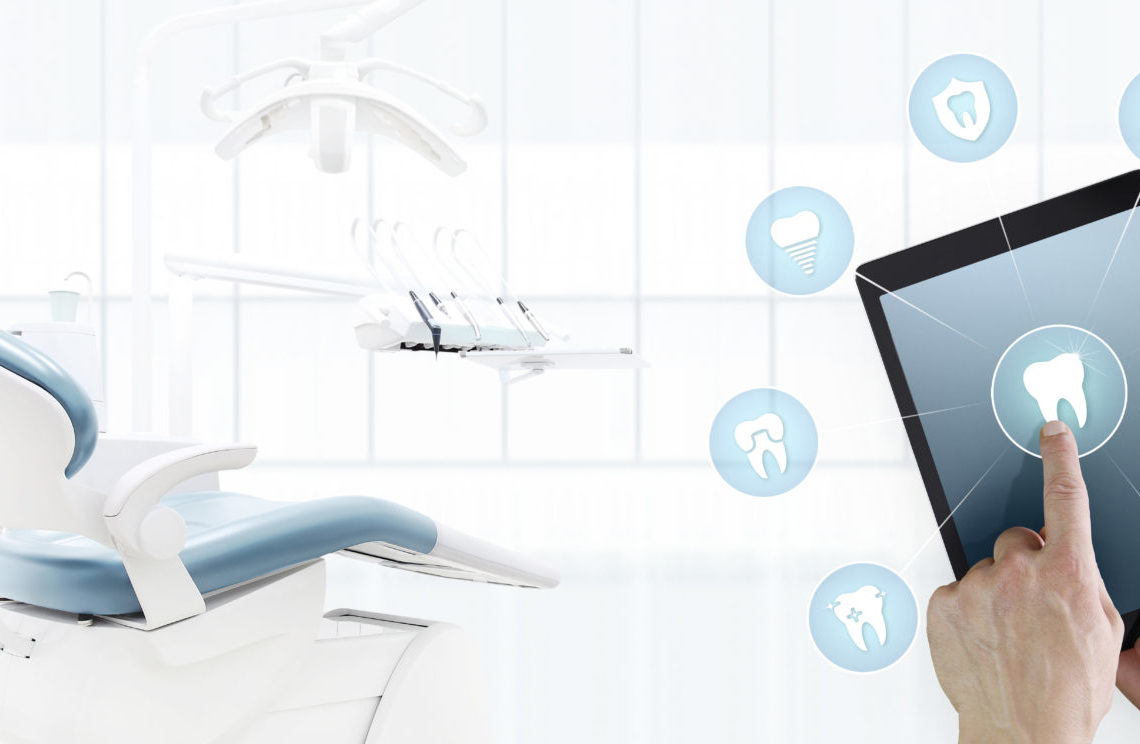
e-Newsletter
Vielen Dank,
wir haben Dir eine E-Mail an gesendet. Bitte bestätige diese.
Show of hand emojis: Who answers a phone call from an unknown number?
Exactly.
Like every other field of healthcare, dentistry has one big hurdle to successful business: Patients. Too many of them don’t show up. They ignore reminders. They forget things they’re told in the office and lose their follow-up instructions. They put off paying bills. All of these create headaches not only for the front desk, but also for the doctors, who are losing their time and money to no-shows and delays.
Yet, until relatively recently, most dental offices were still calling patients for appointment scheduling, reminders, billing issues, and everything else. And most of those calls were, no doubt, coming up as unfamiliar numbers, sending important messages straight to voicemail and thereby kicking off a round of phone tag, arguably the worst game in the world. It’s not the smartest use of today’s smart technology.
Thankfully, front-office automation services are starting to change that game. By improving patient communication and convenience through better use of practice management systems, websites, and smartphones, they are helping make lost contact as obsolete as walls crammed with shelves of paper records. As a result, they can help keep you doing what you’ve studied so hard to do: practice profitable dentistry.

Keeping Patients in Touch
“Automation” may sound like an awkward concept in a field as hands-on as dentistry. But it’s about streamlining communication, not replacing it. For example, instead of requiring someone in the front office to check patient records and make calls manually, current practice management systems—which contain all the necessary information already—can handle both tasks, giving real human beings the freedom to handle individual, in-person conversations.
Also, to help avoid the voicemail trap, automated systems can use each patient’s preferred communication method, whether email or text (or even phone), increasing the odds that the message will get through and the subsequent appointment will be scheduled and kept. Two-way text features allow patients to contact the office when they’re running late, and office staff can reply straight from their keyboard. And when patients’ plans change—as they inevitably do—these systems can help fill in last-minute schedule gaps. All of these features are designed todecrease empty chair time and keep production high.
Turning Phones into Portals
But automation isn’t just about what happens in the front office. It also encompasses helping patients accomplish their own goals online. Let’s face it, many people use their smartphone to make a phone call only as a last resort. Their first stop with any questions is more likely to be the practice’s website. If all they find there is a smile gallery or virtual office tour—which are great marketing tools for attracting new patients, but do nothing to cater to existing ones—they are likely to put their issue off until they have time later…if ever.
An up-to-date, functional website that allows patients to easily schedule appointments, pay bills, and find practice-approved educational material is therefore an invaluable office automation tool.Individual patient portals let patients securely access personal information and handle business on their own schedule. Such services enhance both the practice’s reputation as being current with modern technology and patients’ satisfaction and experience. Then, systems that automatically collect and post positive online reviews help turn that satisfaction into more patients.
Saving Time and Space
Even before sitting in a crowded waiting room became a potential health hazard, it was hardly an appealing way to spend time. Especially when making the appointment included those ominouswords, “Please come 15 minutes early to fill out paperwork.” Really? Suddenly the appointment becomes 15 minutes earlier, 15 minutes longer, and infinitely more annoying for the patient…and if they don’t arrive on time, 15 minutes later, 15 minutes longer, and equally annoying for the dental team.
Digital “paperwork” can help avoid this frustration. Sending electronic forms ahead of the appointment allows patients to fill them out and return them ahead of time, avoids the need for staff to decipher handwriting and enter data, and keeps the number of people in the waiting room to a minimum. In addition, providing access to follow-up instructions in an email or patient portal decreases the chances of important information being mislaid, which may help improve compliance.
Some automation systems are helping do away with the traditional waiting room entirely. In a “virtual waiting room,” patients are notified by text when their chair is ready.

Handling the Details
What goes on behind the scenes from a patient perspective also benefits everyone. Systems that can file insurance claims, handle team payroll and scheduling, and track KPIs help keep the office running smoothly. Reputation management services help identify patient satisfaction issues that can be improved. Phone software that coordinates with the office’s practice management system makes conversations with patients more informed and personal.
Bringing It All Together
As a new dentist, you are entering an office environment that is better equipped than ever before to keep you at the top of your game. From taking digital x-rays to scanning for aligners, tomilling crowns, to electronically capturing data and keeping records, modern dental technologyis increasingly making dental care from diagnosis to treatment more efficient for all involved. By expanding the digital environment from the front office to the patient, automation systems are closing one of the biggest remaining gaps in office productivity and setting the stage for a better experience—and business—for everyone.








